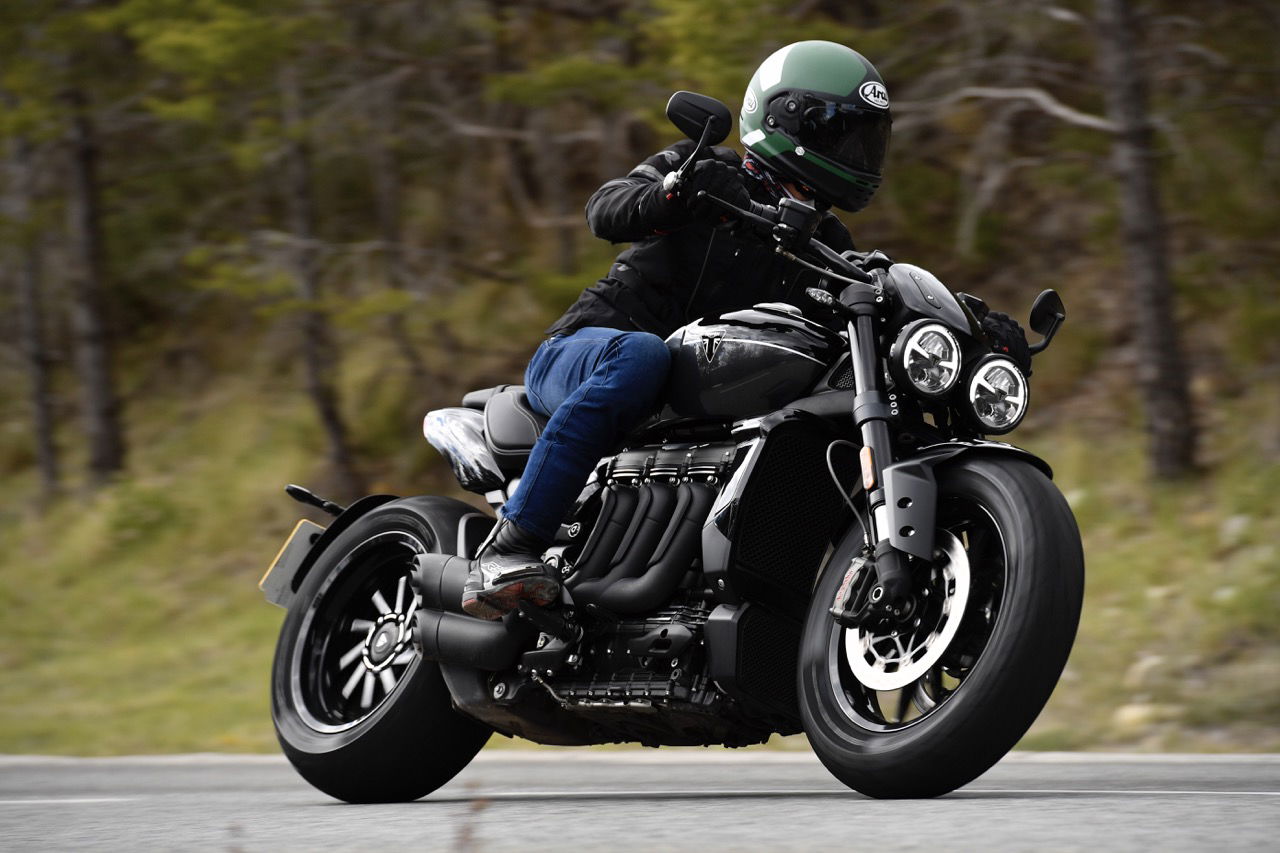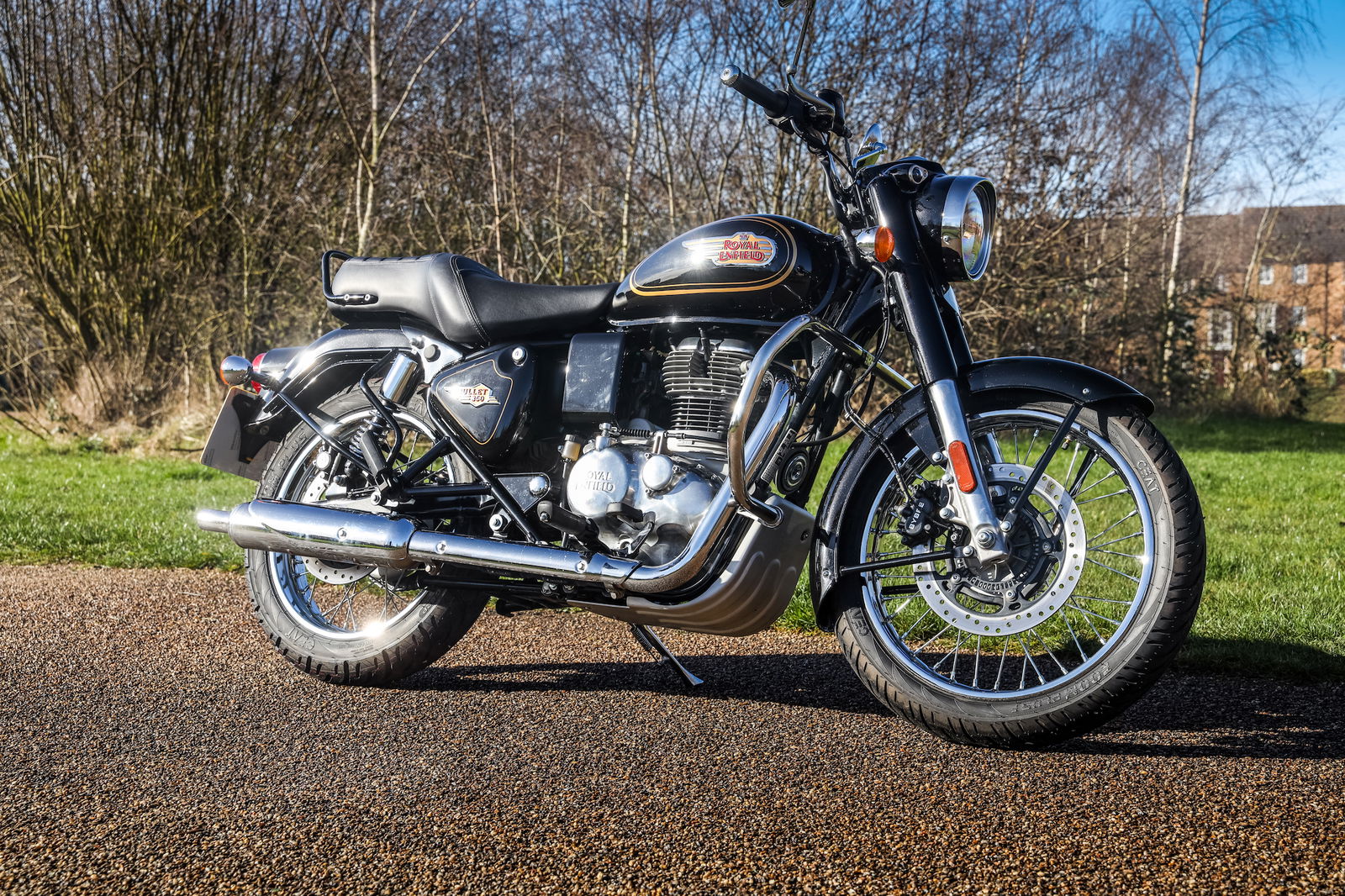2024 Honda CB650R Review: Is E-Clutch A Gamechanger?
The CB650R E-Clutch brings together a very familiar bike with something very new

The updated version of the Honda CB650R is a tale of two halves. On the one hand, it seems barely different to the outgoing model - the engine is much the same, the chassis hardware hasn’t changed, and although it has been given a light facelift, you need to be looking closely to spot it.
But on the other hand, it debuts Honda’s new E-Clutch technology, which on paper looks like it could be a bit of a game-changer. And so, we have something very new and potentially ground-breaking, paired up with a very familiar package.
To see if the updated bike and the E-Clutch system are any good, we rode the CB650R on a variety of roads at the international launch in Southern France, alongside the very closely related CBR650R, which also has an E-Clutch option.
What is E-Clutch?
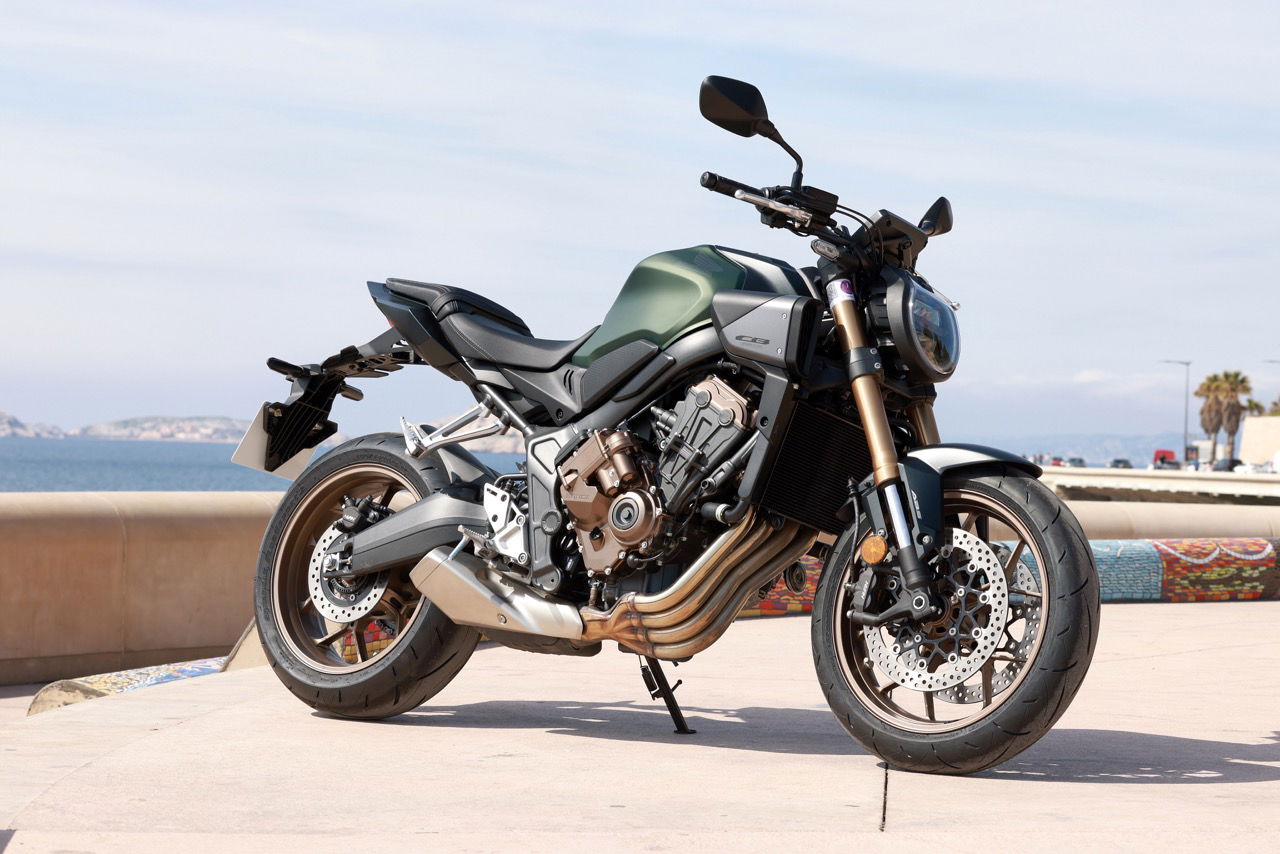
Imagine Honda is Mary Berry, and she’s mixed together three ingredients - Honda’s dual-clutch transmission, a conventional manual gearbox, and a quickshifter - and bunged them in the oven. The result is E-Clutch, and hopefully, it doesn’t have a soggy bottom.
That’s a gross oversimplification, but thankfully, the bones of the system aren’t too hard to wrap your head around. It all revolves around two motors that actuate the clutch plates based on information from various parameters including pressure on the gear shifter, gear position, throttle input and wheel speed.
This allows you to pull away without touching the clutch lever, and come to a stop while leaving the left lever alone too. You still change gears manually and without the clutch and with the throttle open, just as you do with a quickshifter, but here, the shift shock is reduced massively, making for smoother changes. They're also about 20 per cent faster.
It adds about 2kg and a bit of width to the bike (the unit sits on the right-hand engine case), and just £100 to the price - the smallest premium charged by any market, giving a total price of £7,899. Where it’s an option (some countries aren’t taking manual bikes at all), the premium is typically the equivalent of around £300, so we’re getting a great deal here in the UK.
There is still a cable-actuated clutch lever should you still want to use one for any reason.
What's new on the 2024 CB650R?

Other than the E-Clutch, the CB650R has a variety of light tweaks, including a new headlight unit, air intakes and a revised tail. The 649cc inline-four has new intake valve timing to improve low-end torque, but the power remains at 94bhp, meaning it's possible to restrict it to 47bhp for A2 license compliance.
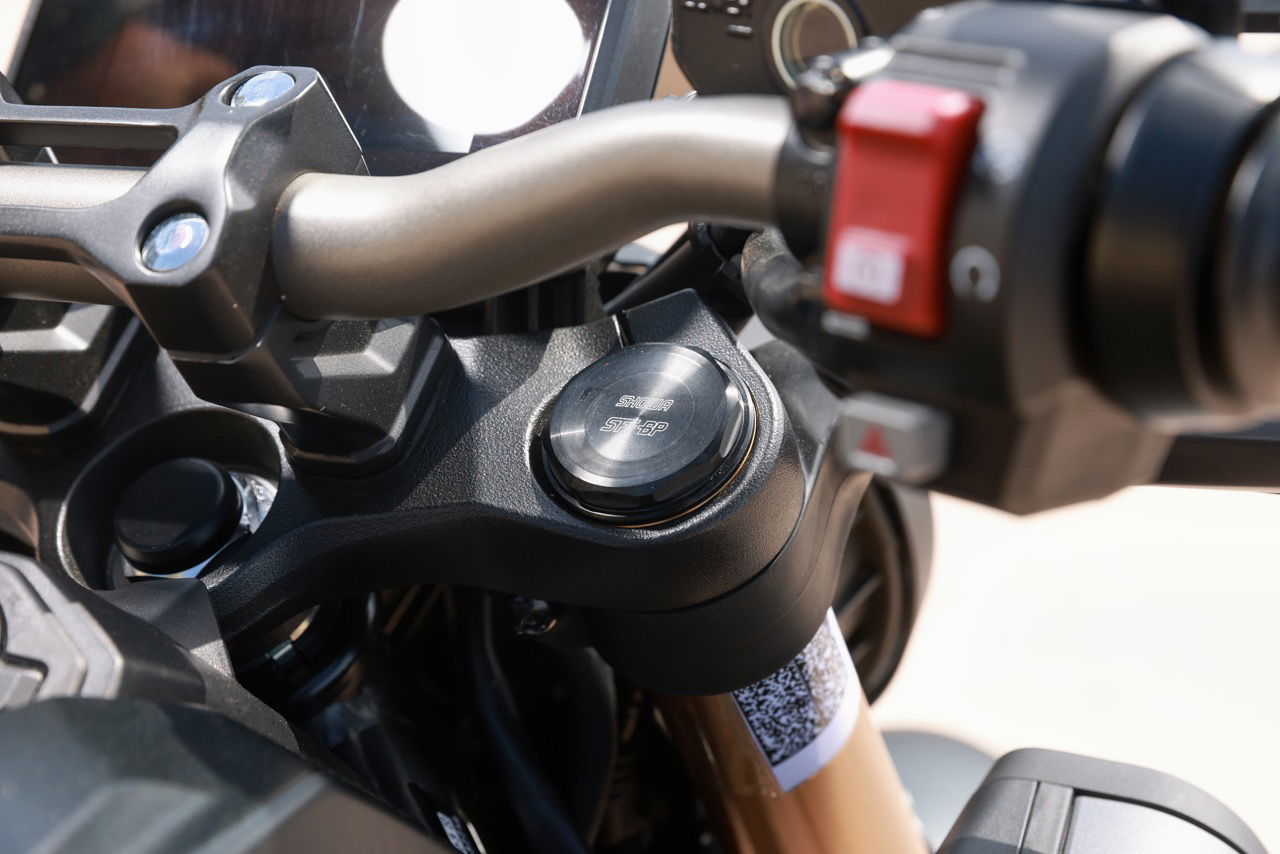
On the suspension front, Honda is still using non-adjustable, 41mm Showa separate function forks with 120mm of travel, and at the back a monoshock with 130mm of travel. For 2024, though, the spring rates are lower and the compression damping is firmer.
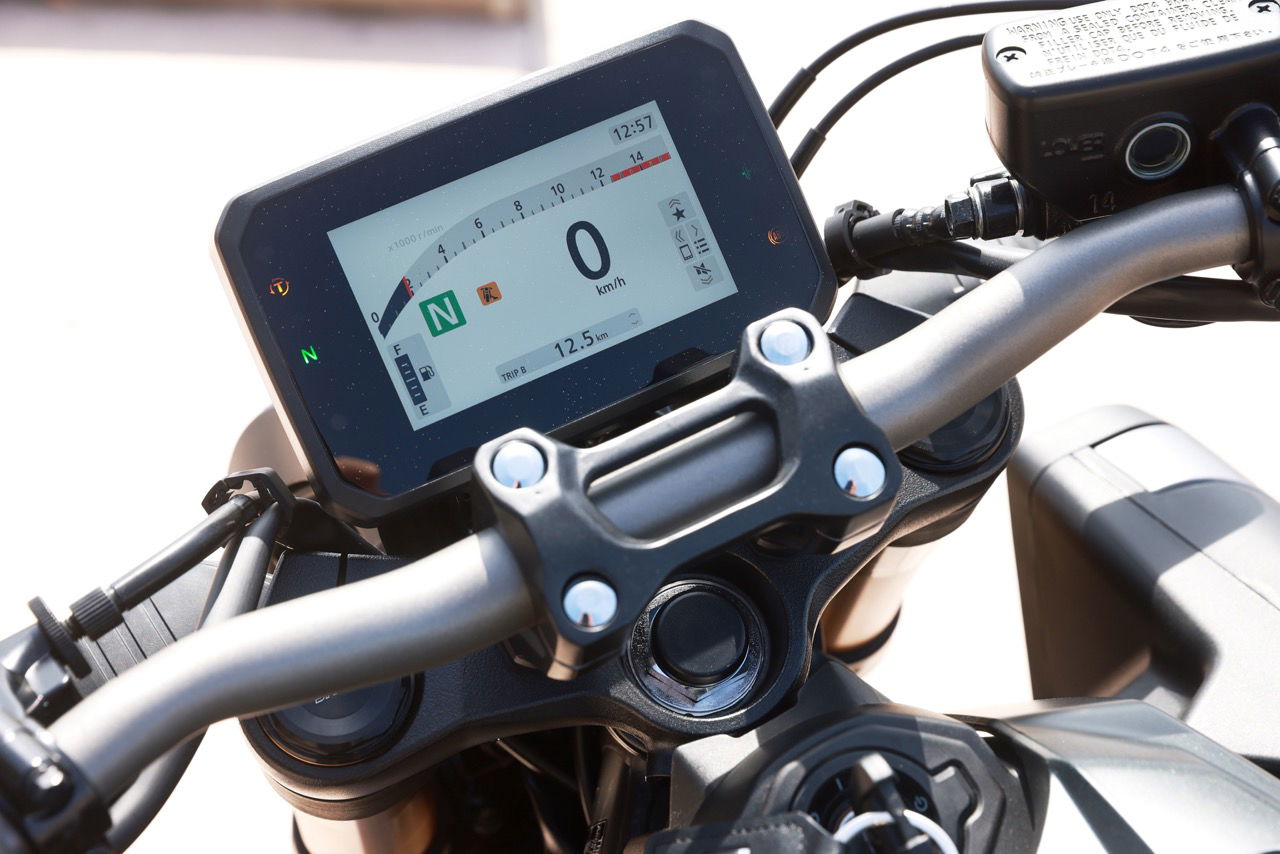
Perhaps the most noticeable non-E-Clutch change is the new five-inch colour TFT also seen on bikes like the CB500 and CB750 Hornets, replacing the dated LCD of the old bike.
What’s it like to ride?
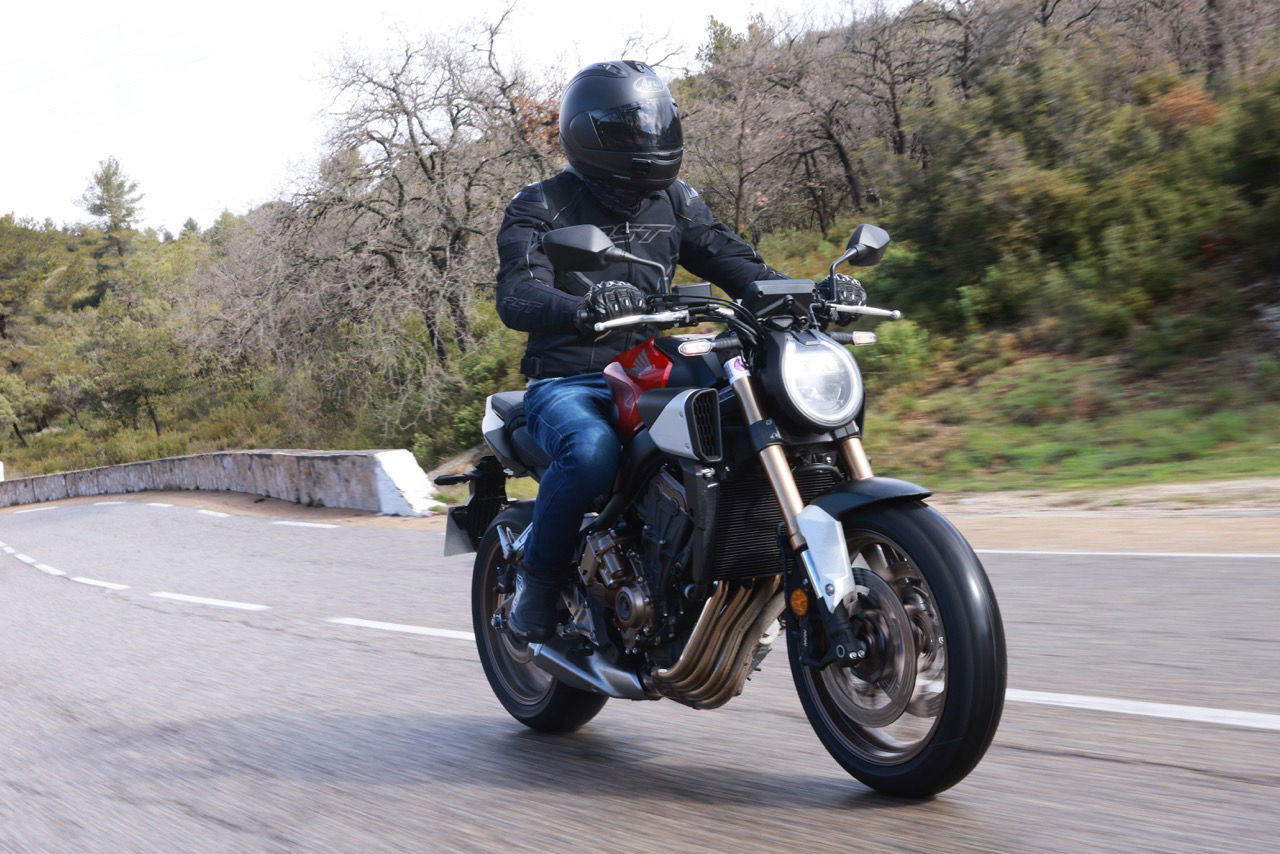
A green indicator to the right of the TFT tells you that E-Clutch is active (it is possible to go into a sub-menu and turn it off), so you can knock the bike into first gear at a standstill without touching the clutch lever, confident that you’re not going to awkwardly stall and rock forward. It goes against every instinct in your brain as a rider to do this the first couple of times, but you quickly learn to trust the system.
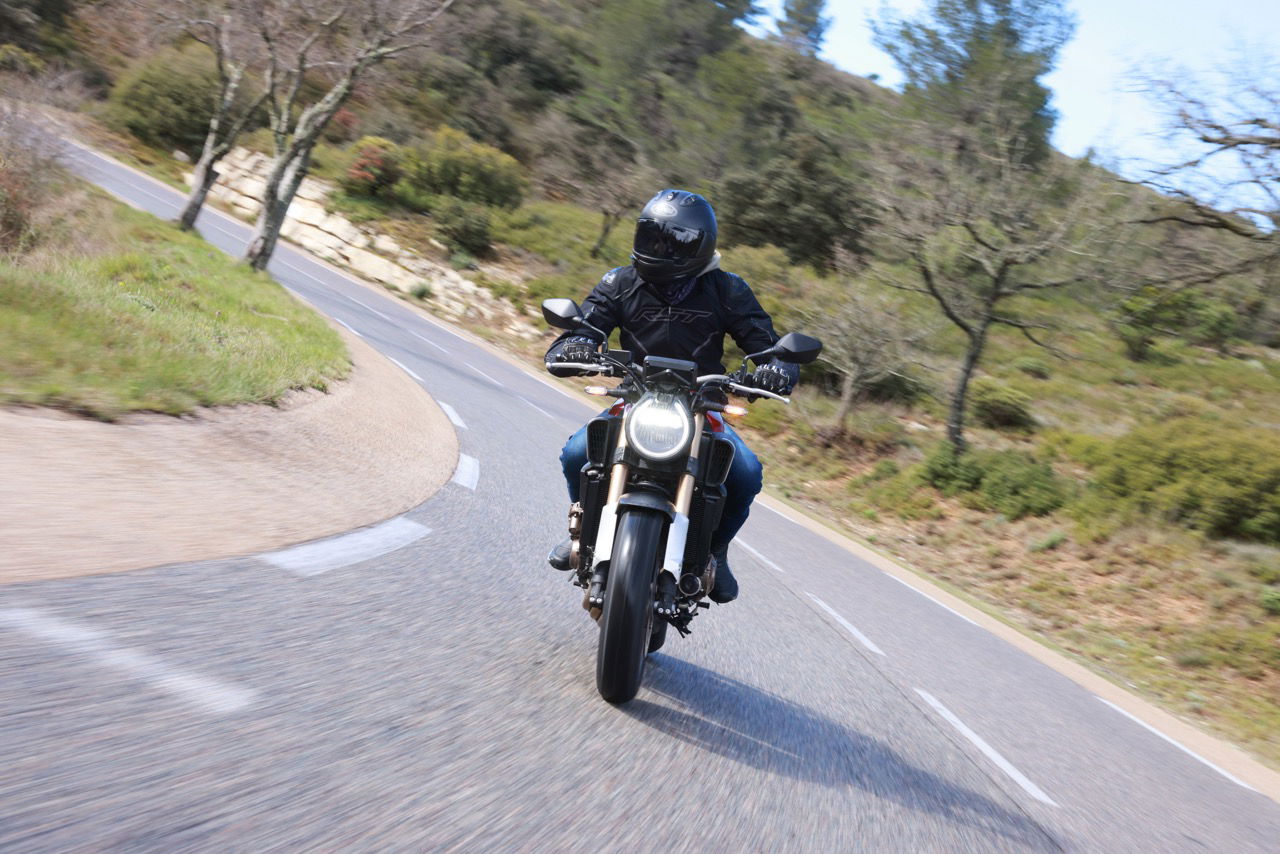
I was expecting E-Clutch to be like a Honda DCT on the pullaway, with a slowly slipping clutch action making for a slightly ponderous getaway. In fact, E-Clutch is the opposite - the bike eagerly sets off with even a low to moderate throttle input. Perhaps a little too eagerly, but again, it’s something you get used to very quickly.
The first part of the launch route involved filtering through rush hour Marseille traffic, for which E-Clutch was ideal. It meant one less thing to think about, opening up more brain power to concentrate on stuff like avoiding that battered Peugeot that hasn’t seen you.

As for the shifts, they’re silky smooth both up and down the ‘box. The reduced shift shock is immediately noticeable, but these aren’t seamless shifts like what you find on a DCT, because the system is still cutting the fueling with each change, just like a quickshifter does. And so, you still feel plenty engaged with the process of changing gear. It's also worth noting that the shifts are smooth every time - unlike on a quickshifter, where, say, a short shift from first to second with low throttle input might be a bit reluctant.
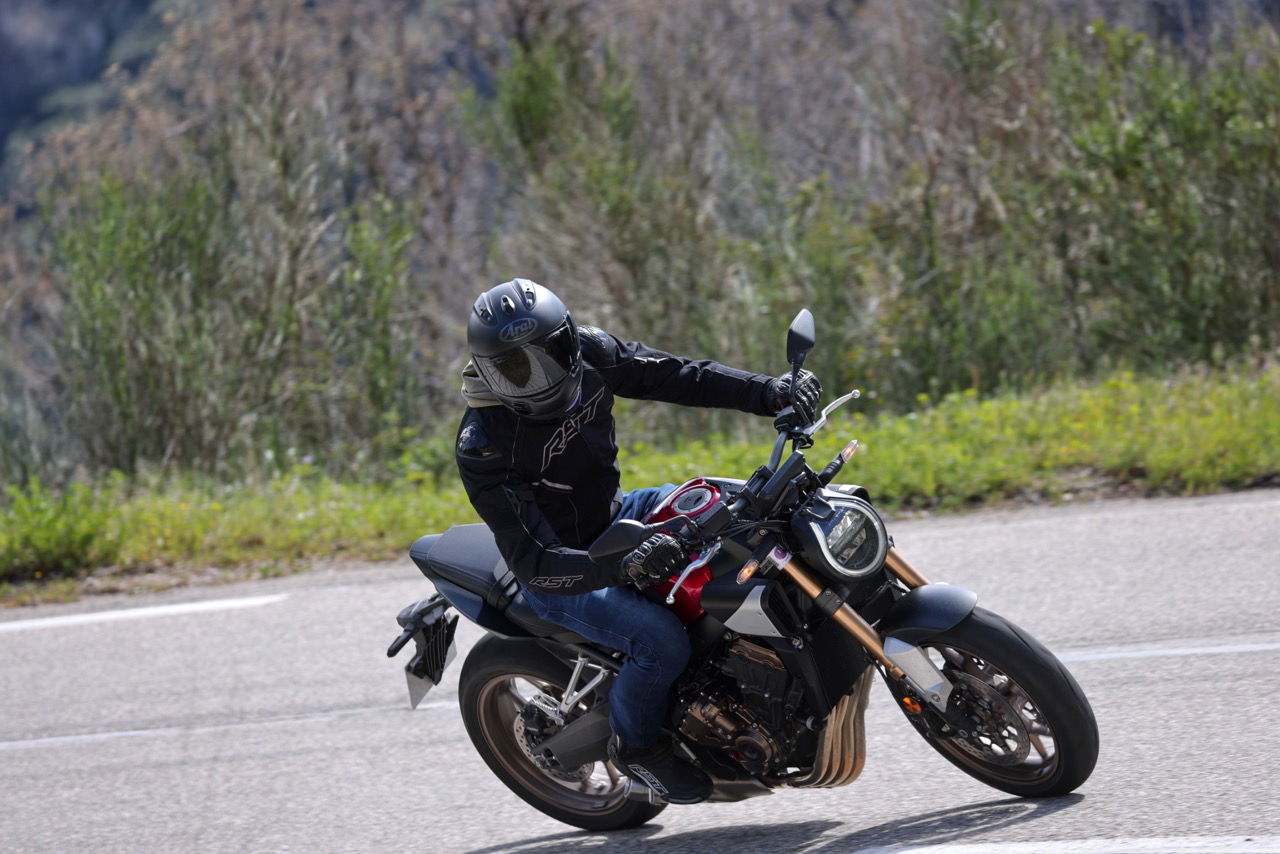
The rest of the bike is much as expected. The handling remains a great balance between comfort and composure - yes, the roads on the launch route were on the whole very smooth, but you can still detect a surprising feeling of plushness from some relatively basic suspension componentry.
The spring rate and damping changes no doubt help - they’re intended to smooth out the initial travel of the suspension stroke, although to suss out exactly how much difference it makes, you’d really need to ride the old and new bikes back to back.
The CB650R tips in keenly, and has a sporty riding position with high-set (but not uncomfortable) pegs, encouraging you to press on. It’s a bike that inspires confidence, and generally won’t bite back if you make a bit of a hash of it.
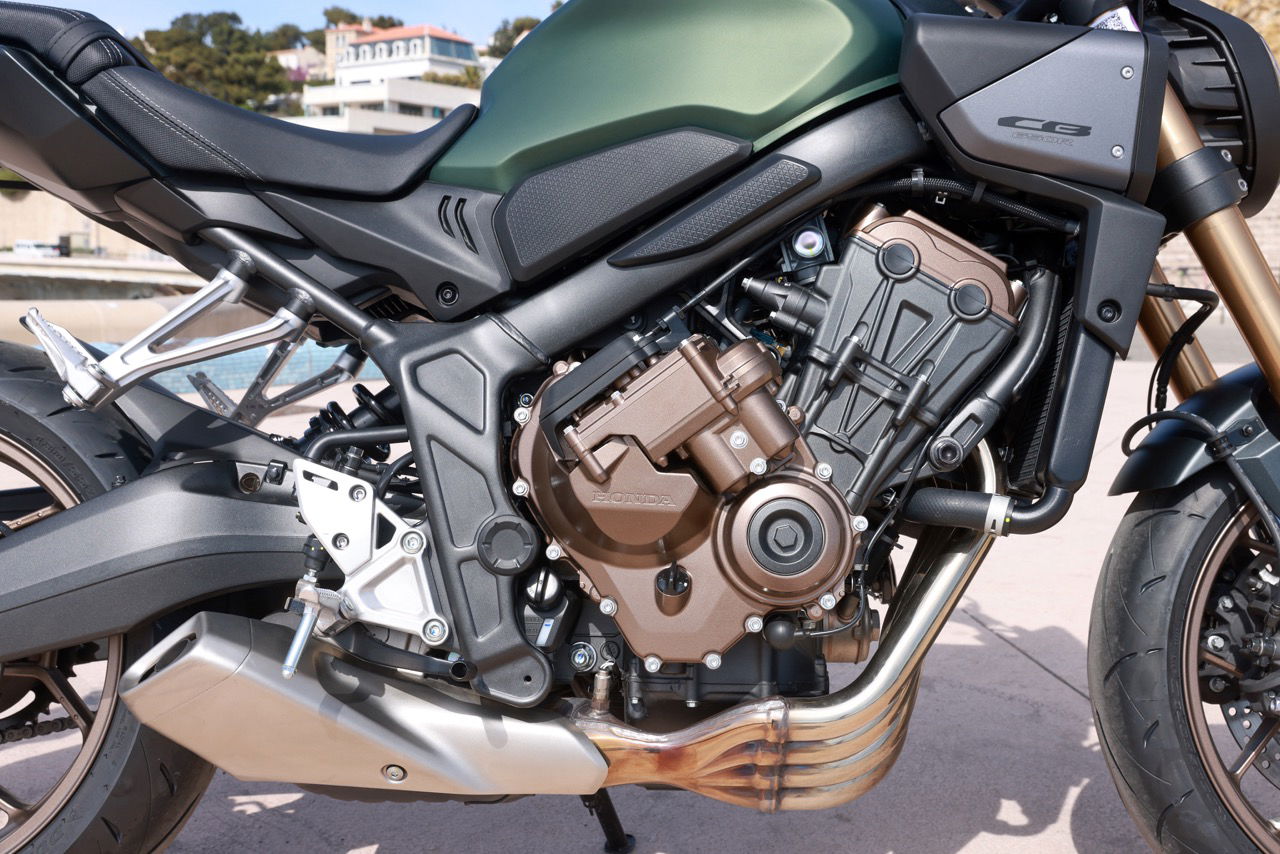
For an inline-four, the CB650R’s 649cc lump has a decent amount of flexibility - despite what the gear indicator suggests, you can get away with pottering around in high gears, with the bike moving along quite happily from low revs. When you're trying to enjoy yourself, though, you'll want to be cranking it round to the 12,500rpm redline.
It's only really in the last few hundred RPM that the engine reveals its true character, in true inline-four fashion. That's absolutely fine if you're after that sort of thing, but it all feels a bit ‘old-fashioned’ when you have triples and 270-degree crank twins from rivals that sound and feel great whatever the revs.
Should you buy a Honda CB650R, and is E-Clutch worth it?
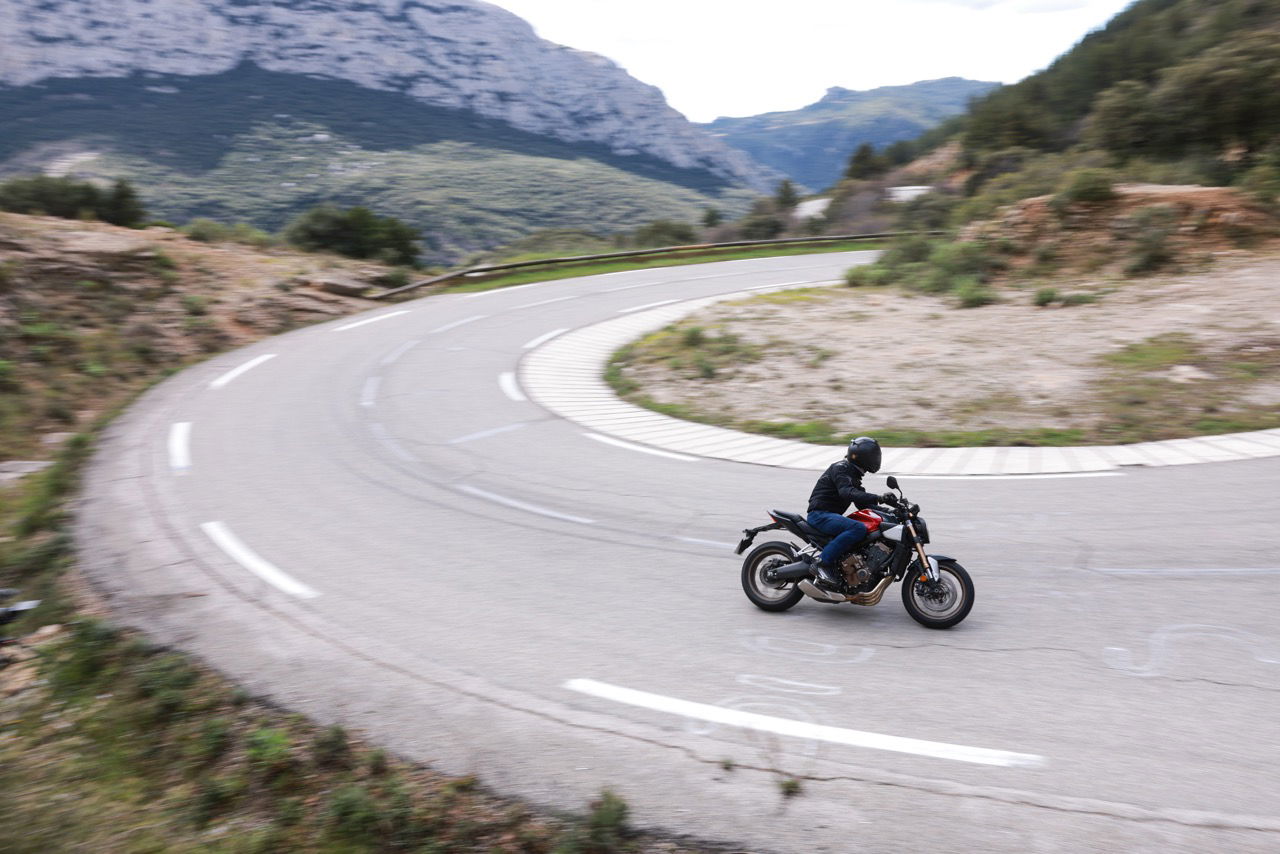
As before, the CB650R is a solid choice for a sporty naked bike, whether you’re a completely fresh or seasoned rider. There are more exciting and characterful choices out there (think Triumph Trident 660, Suzuki GSX-8S and even Honda’s own CB750 Hornet), but for old-school inline-four fun in an approachable package, the CB650R delivers the goods. The enhancements merely make it more appealing, but it’s still good value, and you have the reassurance of Honda build quality, reliability and dealer backup.
As for whether you should spec E-Clutch, that seems like a bit of a no-brainer, especially given that it’ll actually cost you more to buy the manual and add an accessory quickshifter. It takes away a boring aspect of riding with smart technology.
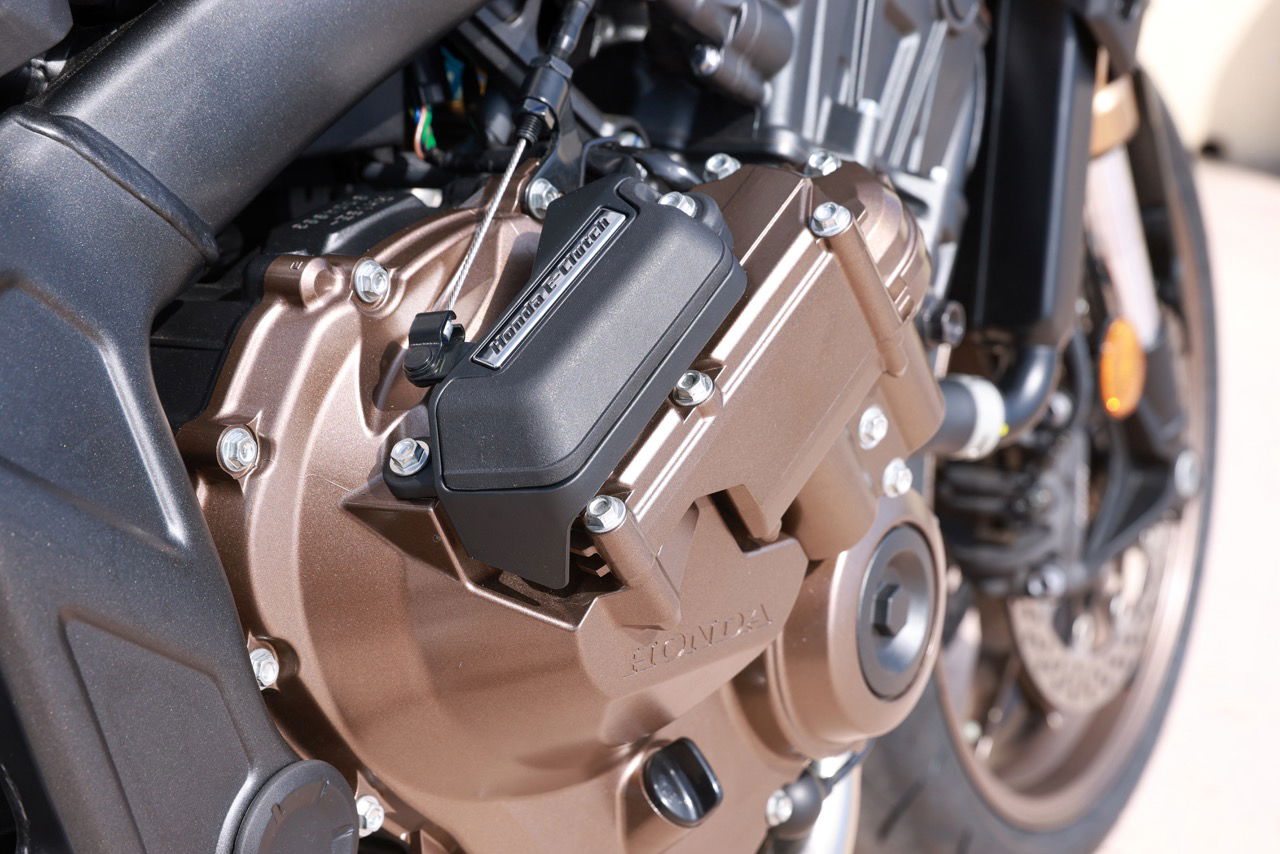
If you do a lot of urban miles it’s ideal, and/or if you struggle to operate a clutch lever, perhaps due to a medical condition or past injury, you’re no longer forced to go for a full automatic. Newer bikers will certainly appreciate it too, although there could be a risk of less experienced riders being too reliant on the tech and not building up good clutch control they’ll need if moving on to a regular manual. Yes, the clutch still can be operated normally, but the temptation to lean into E-Clutch might prove too strong.
On the whole, though, E-Clutch is extremely impressive, especially considering this is the first generation of the system. It’ll probably only get better from here, benefitting from continual tweaks just as Honda’s DCT has, and it seems inevitable that it’ll end up on other bikes.
